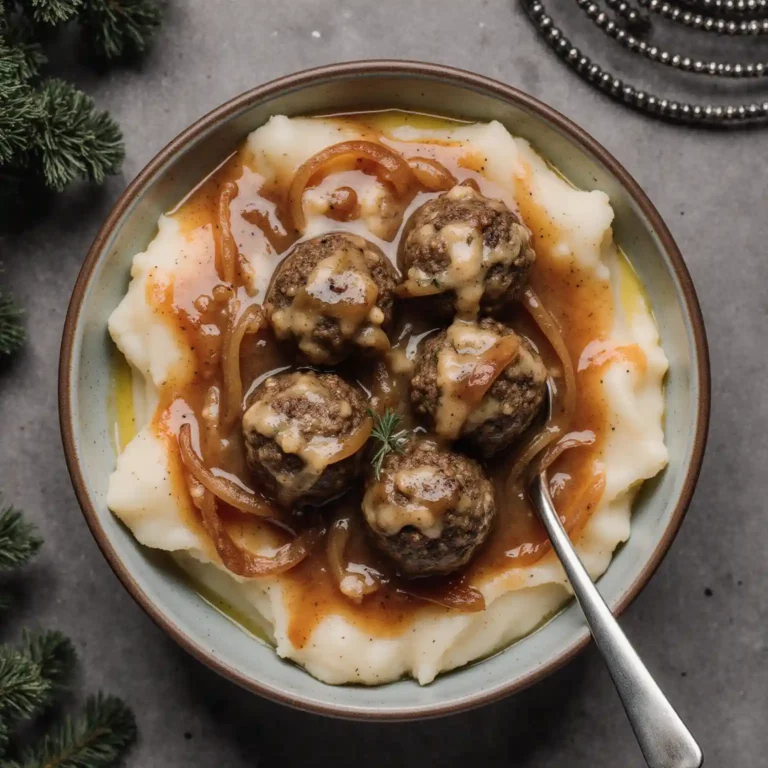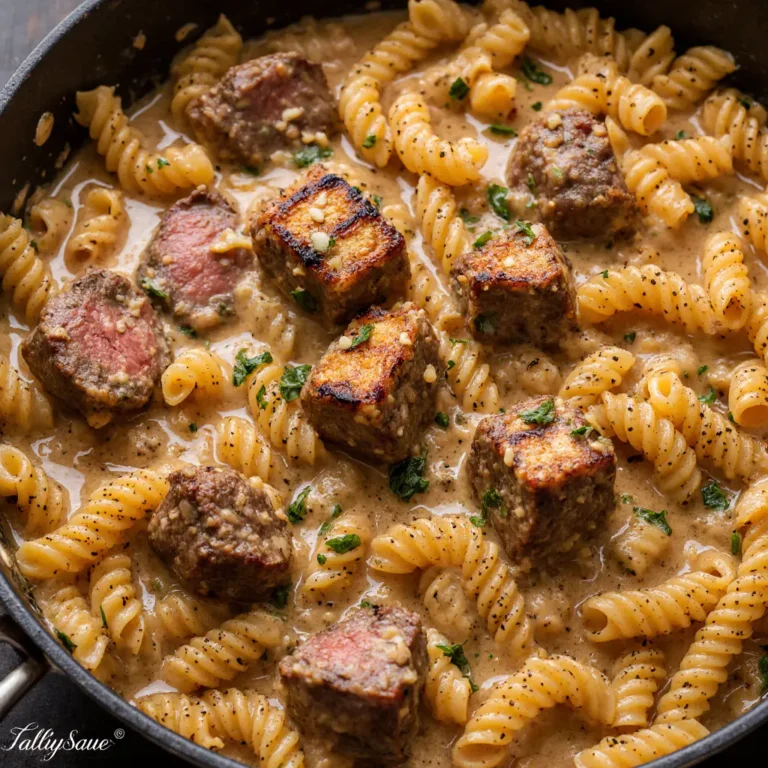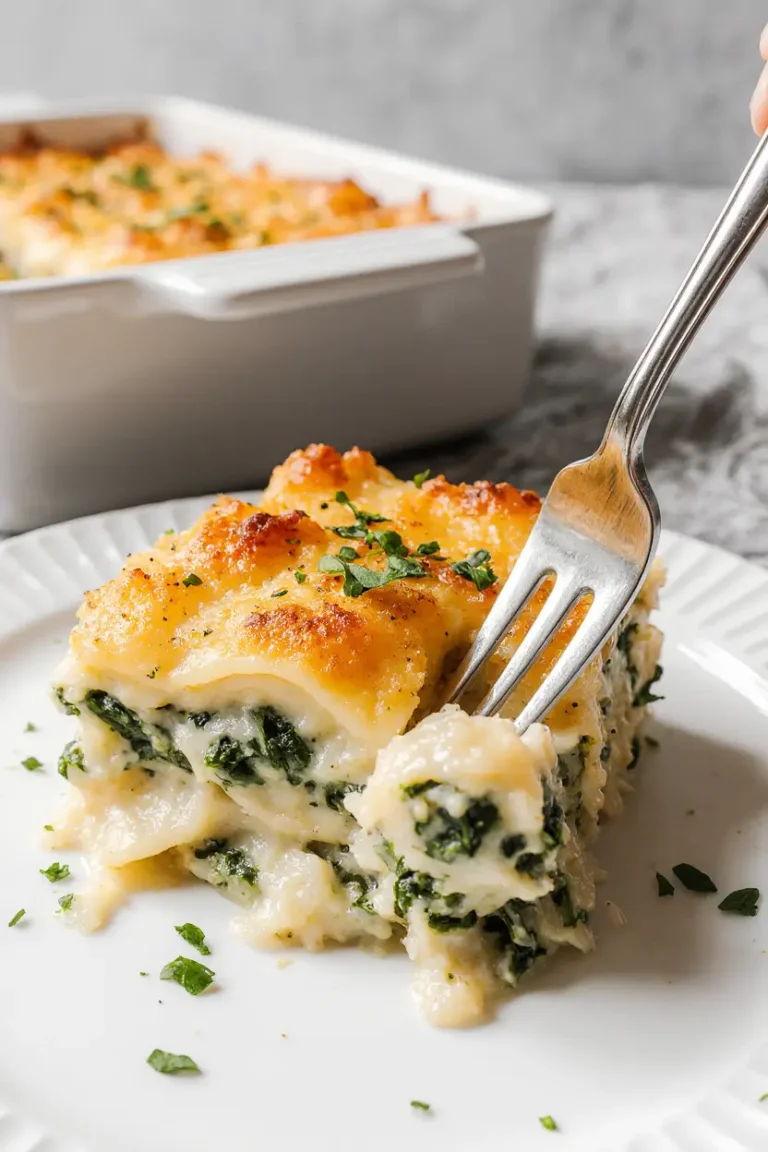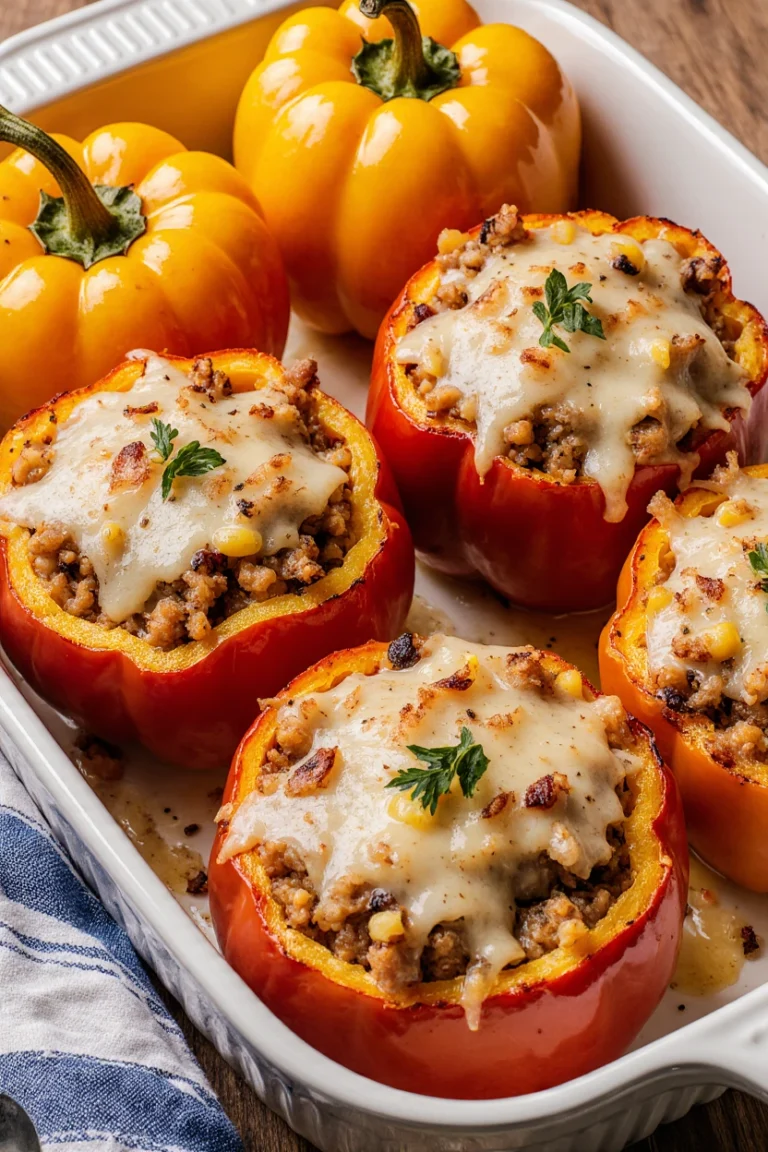Delicious and Easy Honeynut Squash Recipes to Brighten Your Fall Table
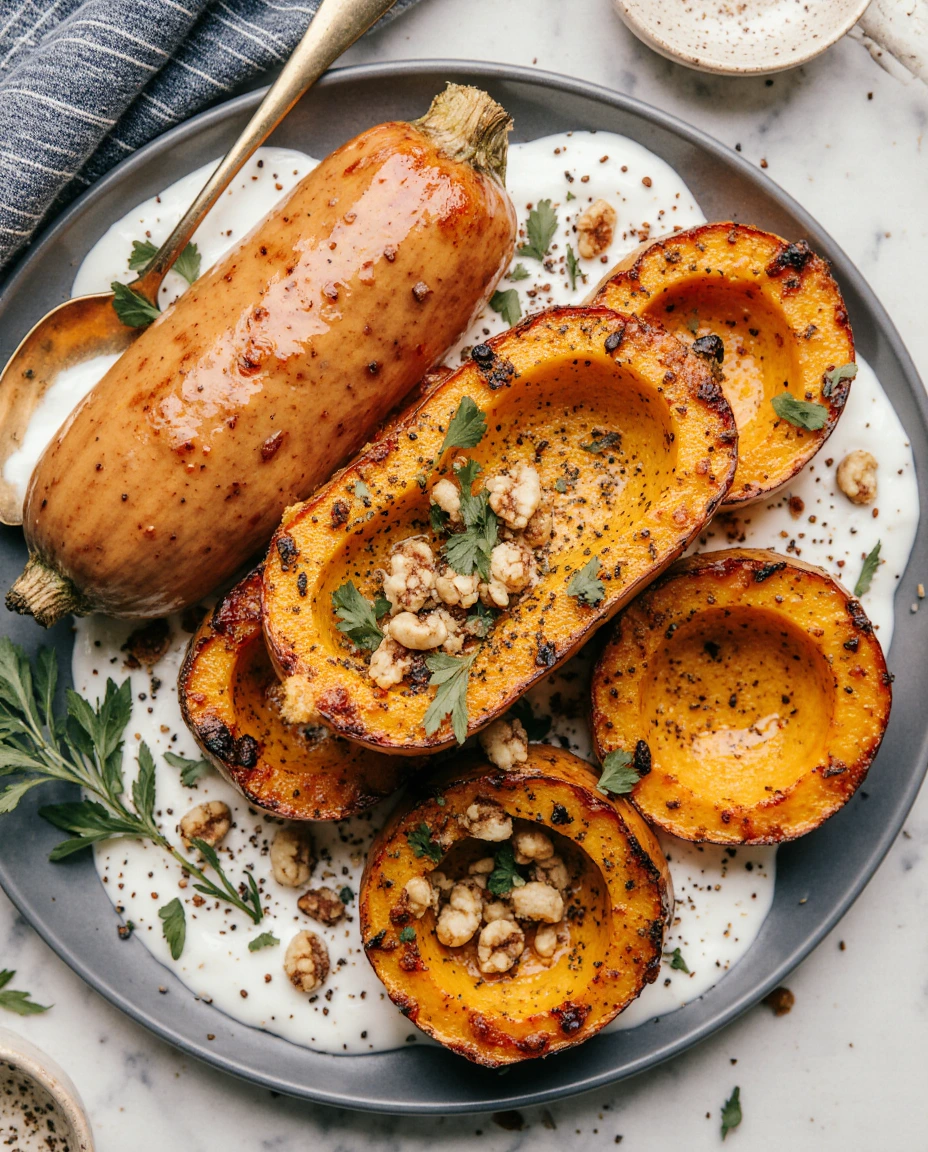
Are you ready to discover why honeynut squash recipes are becoming a fall favorite in kitchens everywhere? This little squash packs a big flavor punch and is often overshadowed by its more common cousin, the butternut squash. Honeynut squash offers a sweeter, nuttier taste with a tender texture that melts in your mouth, making it ideal for roasting, baking, or pureeing. However, many home cooks aren’t sure how to prepare and incorporate this versatile vegetable into their meals. Today, we’ll explore some tried-and-true honeynut squash recipes that highlight its natural sweetness and nutritional benefits while providing you with creative ways to enjoy it.
Table of Contents
Ingredients List honeynut squash recipes
To create classic and innovative honeynut squash recipes, here’s a basic list of ingredients used across various dishes, along with suggested substitutes to cater to different dietary needs:
- Honeynut squash (2 medium-sized ones)
- Olive oil (3 tablespoons) – substitute with avocado oil for a neutral flavor
- Maple syrup or honey (1 tablespoon) – vegan swap: maple syrup or agave nectar
- Ground cinnamon (1 teaspoon)
- Salt and pepper to taste
- Fresh herbs like sage, thyme, or rosemary (optional)
- Garlic cloves (2, minced)
- Butter (2 tablespoons) – vegan swap: coconut oil or vegan butter
- Vegetable broth (1/2 cup) – for soups or purees, substitute with chicken broth if preferred
- Cream or coconut milk (optional for creamy soups)
- Chopped nuts like pecans or walnuts (optional topping)
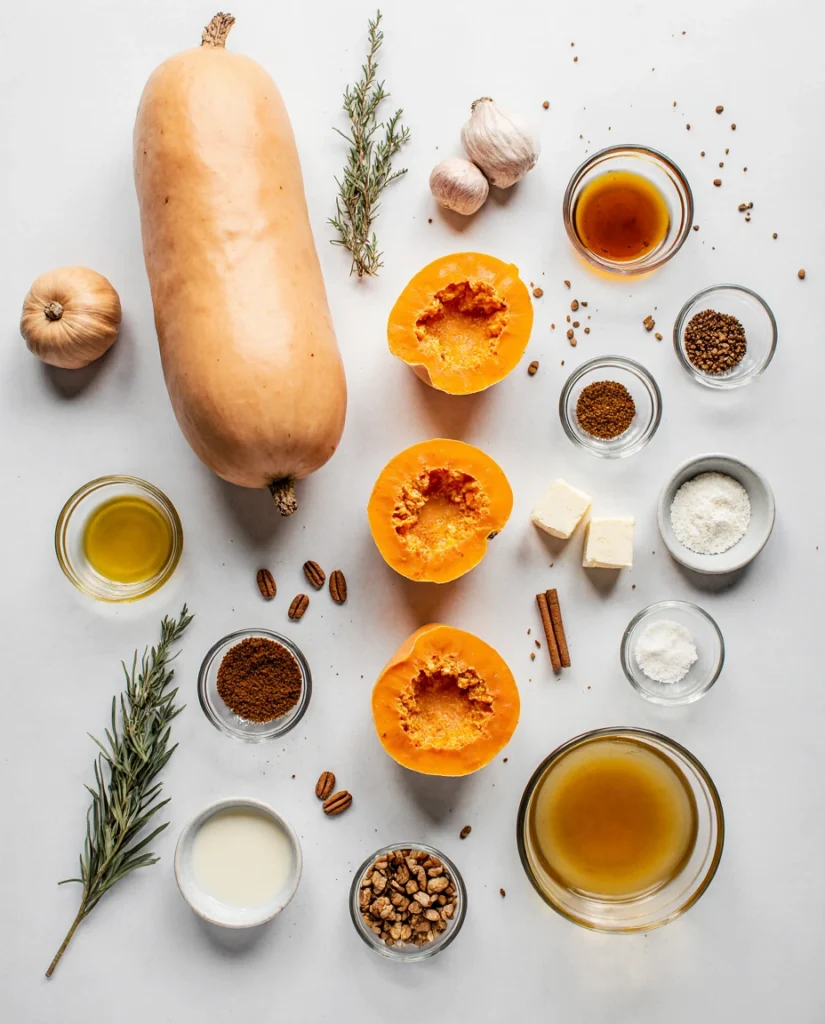
Timing
Understanding the timing involved in these honeynut squash recipes is crucial for meal planning. Here’s an overview:
- Prep Time: 10 to 15 minutes – peeling is optional as the skin is thin and edible, but slicing and seeding take time.
- Cooking Time: 25 to 40 minutes – roasting is the most common method, which takes about 30-40 minutes depending on the size; purees and soups may take an additional 10-15 minutes for simmering.
- Total Time: 35 to 55 minutes from start to finish.
The cooking duration is quite comparable to butternut squash roasting times, but the honeynut’s smaller size means quicker roasting and easier handling — perfect for weeknight dinners.
Step-by-Step Instructions
Step 1: Preheat and Prep the Squash
Preheat your oven to 400°F (200°C). Wash the honeynut squash thoroughly. You may peel it if preferred, though the skin is edible and softens nicely when roasted.
Step 2: Cut and Remove Seeds
Slice the squash in half lengthwise. Scoop out the seeds with a spoon — save them for roasting if you like a crunchy snack!
Step 3: Season and Drizzle
Place the halves on a baking sheet cut-side up. Brush with olive oil, drizzle with maple syrup or honey for a caramelized flavor, and sprinkle with cinnamon, salt, and pepper. Add minced garlic or herbs for an aromatic punch.
Step 4: Roast Until Tender
Place the baking sheet in the oven and roast for 30 to 40 minutes. The flesh is ready when a fork easily pierces it and the edges are caramelized.
Step 5: Serve or Transform
Scoop the roasted squash meat out and enjoy as is, or use it to make soups, purees, or even a base for fall-inspired risottos and salads.
Nutritional Information
Honeynut squash isn’t just tasty; it’s a nutrient-packed food perfect for supporting a healthy diet. Here’s a nutrient breakdown for one cup (about 200 grams) of cooked honeynut squash:
- Calories: ~80 kcal
- Carbohydrates: 20 g
- Dietary Fiber: 3 g
- Sugars: 4 g (natural sugars)
- Protein: 2 g
- Fat: 0.2 g (negligible)
- Vitamin A: 250% DV (high in beta-carotene)
- Vitamin C: 40% DV
- Potassium: 15% DV
- Calcium: 6% DV
- Iron: 6% DV
This sweet squash is naturally low in fat and packed with vitamins and antioxidants, making it perfect for skin health, immunity, and digestion.
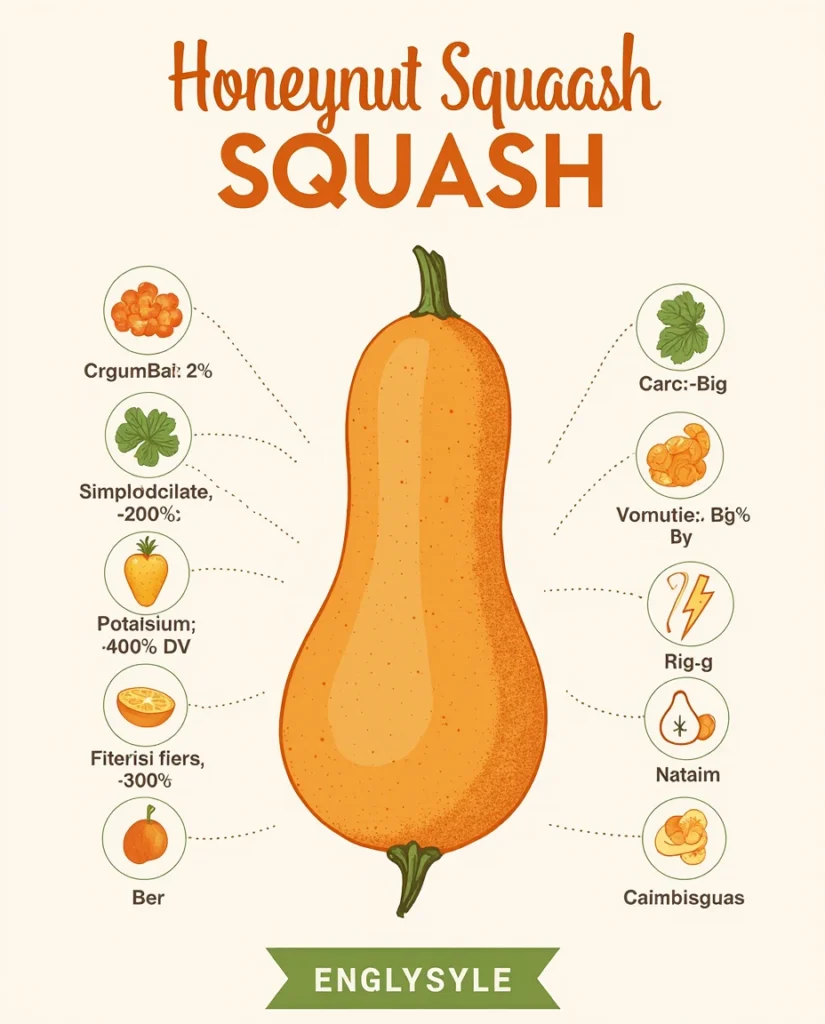
Healthier Alternatives
Want to boost the health factor in your honeynut squash dishes? Consider these swaps without compromising flavor:
- Use avocado oil instead of butter or olive oil for heart-healthy fats.
- Replace maple syrup or honey with a small amount of stevia or monk fruit sweetener to cut down calories.
- Add leafy greens and legumes to the dish for greater fiber and protein.
- Use unsweetened coconut milk or cashew cream instead of dairy in soups to reduce saturated fat and make it vegan-friendly.
- Sprinkle with hemp seeds or chia seeds for extra omega-3s.
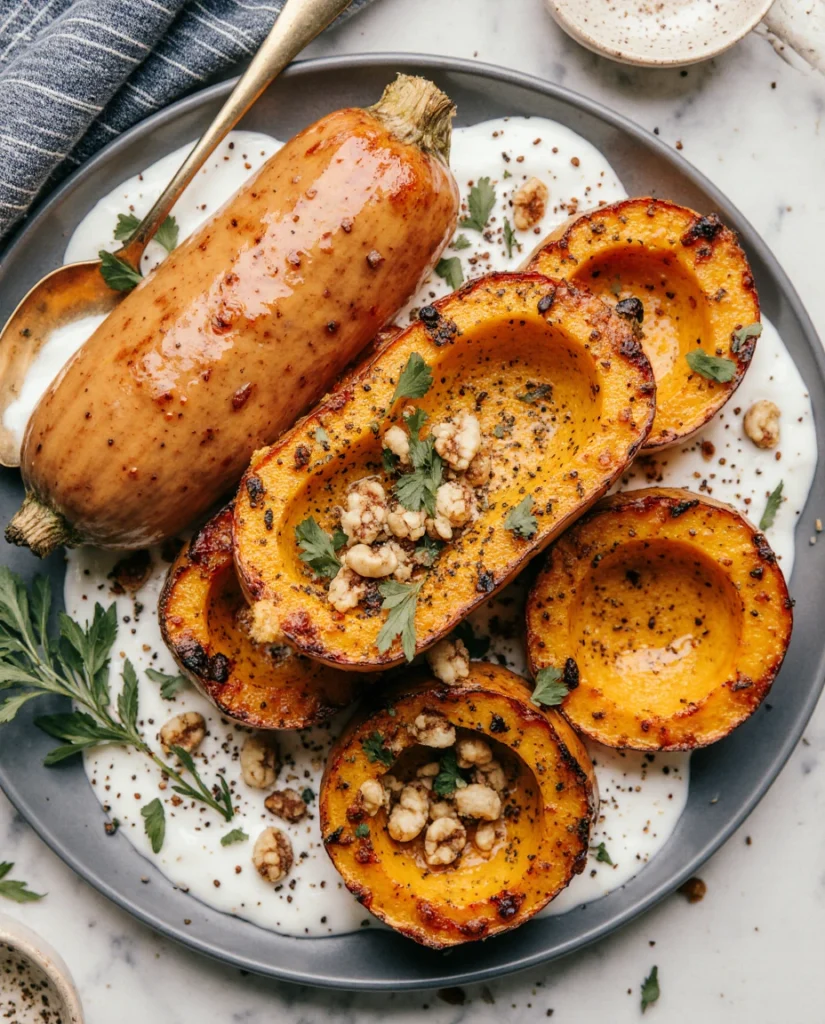
Serving Suggestions
Honeynut squash recipes shine served in creative and seasonal ways:
- Simple roasted halves topped with fresh herbs and a dollop of ricotta or Greek yogurt.
- Creamy honeynut squash soup garnished with toasted pumpkin seeds and a drizzle of coconut cream.
- Squash mash mixed with garlic and sage, a perfect side for roasted chicken or turkey.
- Incorporate diced cooked squash into quinoa or wild rice salads with cranberries and nuts.
- Use pureed squash as a base for pasta sauces or swirl into risotto for autumnal flavor.
- For a festive dessert twist, roast with cinnamon and maple syrup and serve warm with a scoop of vanilla ice cream.
Common Mistakes to Avoid
Even seasoned cooks can stumble when preparing honeynut squash. Here’s what to watch out for:
- Not roasting long enough: Undercooked squash is tough and lacks sweetness.
- Skipping seasoning: Honeynut squash needs salt and complementary spices like cinnamon or nutmeg to unlock its flavor.
- Discarding the skin unnecessarily: The thin skin is edible and contains additional nutrients.
- Over-oiling: Too much oil can drown the delicate flavors.
- Ignoring seed use: Roasted honeynut squash seeds make a crunchy, nutritious snack — don’t toss them!
Storing Tips
To keep your honeynut squash recipes fresh:
- Refrigerate leftovers in an airtight container for up to 3 days.
- For longer storage, freeze pureed or roasted squash in portions for up to 3 months.
- Label your containers clearly and thaw overnight in the fridge for best texture.
- Avoid refrigerating raw uncleaved squash as it can affect texture; store whole in a cool, dry place instead.
Meal prepping honeynut squash dishes in advance is a great way to enjoy quick, nutritious meals during busy days.
Conclusion
Honeynut squash recipes offer an easy and delicious way to bring vibrant fall flavors and nutritional benefits to your table. With their sweet, nutty taste, and versatility, these recipes are perfect for weeknight dinners or festive gatherings. Try roasting, pureeing, or incorporating honeynut squash into your favorite dishes — your taste buds and body will thank you! Don’t forget to share your own variations or questions in the comments below and subscribe for more seasonal recipes and kitchen tips.
FAQs
Q1: Can I substitute honeynut squash with butternut squash in recipes?
Yes! While honeynut squash is sweeter and smaller, butternut squash works well in any recipe calling for honeynut, just adjust cooking times accordingly.
Q2: Is the skin of honeynut squash edible?
Absolutely. The skin is thin, softens upon cooking, and contains nutrients. You can eat it roasted or in purees.
Q3: How do I know when the honeynut squash is perfectly roasted?
The flesh should be fork-tender and caramelized around the edges with a rich, sweet aroma. A 30-40 minute roasting time at 400°F usually does the trick.
Q4: Can I roast honeynut squash seeds like pumpkin seeds?
Yes! Rinse, dry, toss with oil and seasoning, and roast at 325°F for about 15-20 minutes until crispy.
Q5: What are some vegan-friendly honeynut squash recipe ideas?
Try roasting with olive oil and maple syrup, making a creamy coconut milk-based soup, or adding pureed squash to vegan risotto or grain bowls.



